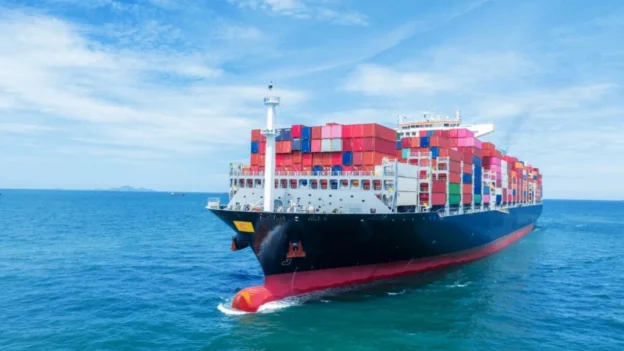Singapore has entered the second phase of the cleanup of the oil spill that occurred following the collision between the dredger VOX MARINER and the cargo vessel MARINE HONOUR last June 14. Efforts are currently directed at areas that are difficult to access, such as rock dikes and the breakwater system, as well as the removal of oil deeply embedded in the sand.
Singapore oil spill cleanup progresses
Specialized teams have been deployed for the project and methods adapted to the specific characteristics of the coast have been implemented. Expert oil spill consultants and contractors are continually adjusting techniques to maximize the effectiveness of operations.
It is estimated that the cleanup process will take approximately three months, during which time the affected beaches will gradually reopen. Keppel Bay Marina and ONE°15 Marina Sentosa Cove have reopened after a successful oil cleanup and thorough assessment of the areas.
The Port of Singapore Authority has announced that water quality tests will be conducted before allowing the resumption of water activities such as swimming. Businesses affected by the spill have the option of submitting claims for economic losses to submit claims for economic losses to British Marine, Marine Honor’s insurer.Marine Honor’s insurer.
Legal actions following oil spill
The owner of the vessel involved is liable for damages up to the legal limits established. Claims in excess of these limits will be handled by the 1992 “International Oil Pollution Compensation Fund”. In addition, the authorities are developing economic support measures, such as rent deferrals, to help affected businesses and encourage the return of beach visitors.
In the final stage of the cleanup, volunteers are expected to be mobilized and will be trained and coordinated by the Public Hygiene Council and other relevant agencies. However, due to security reasons, these volunteers will not participate in the more complex tasks.
Authorities have assured that the air quality and drinking water supply in the affected areas remain safe. In addition, seafood products from local fish farms and imports have been verified as fit for consumption. The agencies continue to monitor the situation and provide regular updates on air quality and food safety.
Follow us on social networks and don’t miss any of our publications!
YouTube LinkedIn Facebook Instagram X
Source: MPA Singapore
Photo: Shutterstock

